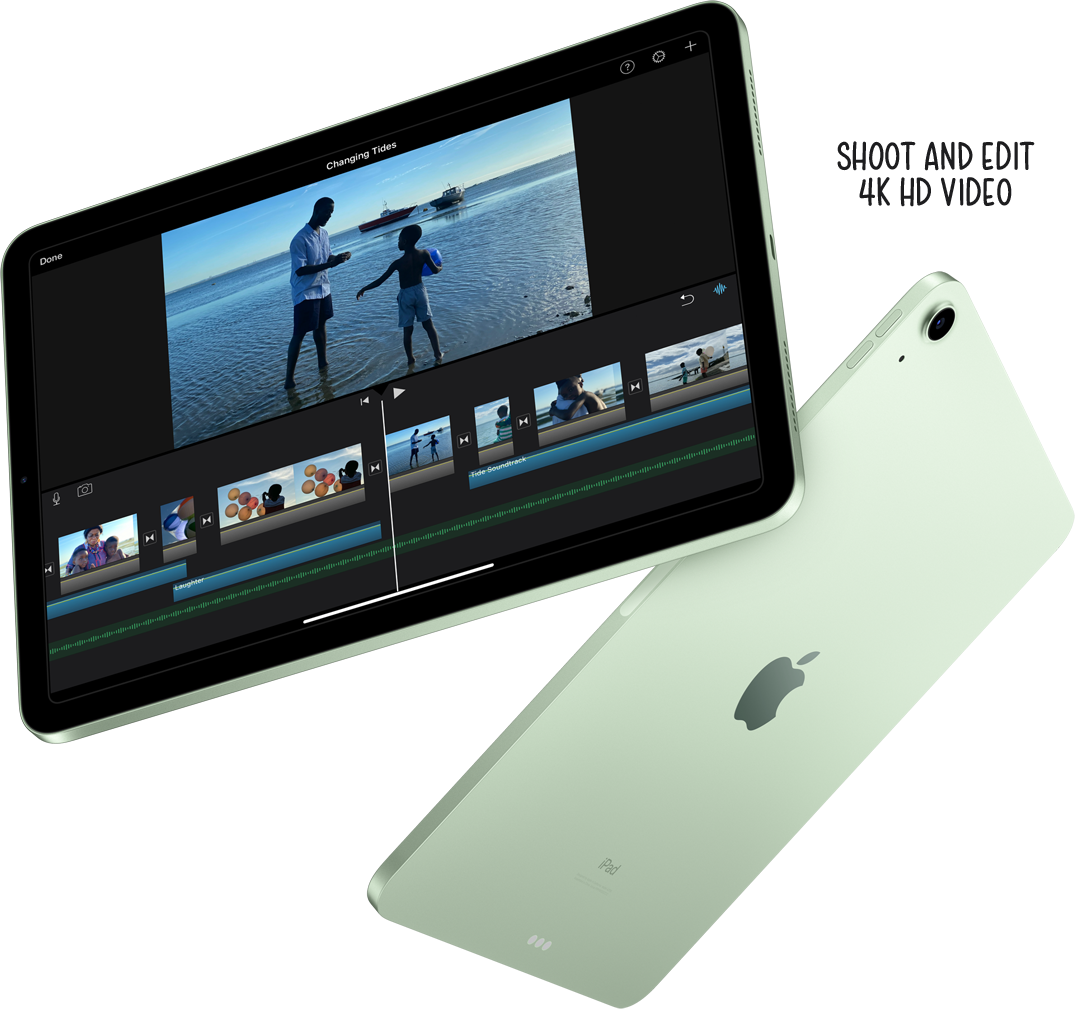

- #Ipad project canvas via usb for free#
- #Ipad project canvas via usb how to#
- #Ipad project canvas via usb driver#
- #Ipad project canvas via usb full#
- #Ipad project canvas via usb pro#
#Ipad project canvas via usb how to#
How to use an iPad with a PC: Duet Displayĭuet Display has brought its famous iPad/Mac connecting tech to Windows, too.

#Ipad project canvas via usb driver#
It uses the Windows Ink tablet driver API to support pressure sensitivity – so if a program doesn’t support this API, it won’t support pressure sensitivity. Project Blue supports the Apple Pencil, and offers pressure sensitivity in a variety of applications such as Blender, Clip Studio Paint and Zbrush. Once you’ve loaded up Astropad Project Blue on the iPad it will mirror or extend your PC’s desktop, with a workspace sidebar that gives you quick access to useful tools like brushes, pencils, undo/redo, etc.

If your setup can accommodate the physical connection then it is noticeably better, with reduced latency. Astropad Project Blue lets you connect the iPad and PC via Wi-Fi or physically via USB. Once you’ve got those, you’re good to go.
#Ipad project canvas via usb for free#
It’s still in a public beta, so you can download it for free right now you need to download two applications, one for the iPad, and one for the PC. Once there you can adjust the brightness of the external monitor and tailor the iPad Pro's output to it.Project Blue is a beta project from Astrolabs, designed to connect iPads and PCs (Image credit: Astrolabs )Īstropad has been around as an iPad app for years – it used to be one of the best ways to turn an iPad into the equivalent of a Wacom Cintiq by connecting it up to a Macbook (before Apple started doing that themselves).Īstropad Project Blue (opens in new tab) is a new venture – a way to turn an iPad into a drawing tablet that interfaces with a PC. Open Settings > Display & Brightness and then select the display that's currently connected. In the Settings app are a few options should you find yourself having issues with the quality of the output shown on a monitor or TV. Instead, it displays the edited photo on the external display at all times. Other apps, such as Adobe's Lightroom, don't give you the option to select what's shown where. In Photos, pictures are displayed with a black background on the external monitor, and when a video is played it's shown only on the monitor. When using iMovie, for example, you can either have the editing screen displayed on the monitor, or you can opt to have the project's output shown on the screen by selecting the external display button.

Some apps, however, can do more with the second screen. What you see on the iPad is what you see on the monitor.
#Ipad project canvas via usb pro#
Some don't charge, so you'll need an adapter such as Apple's USB-C Digital AV Multiport Adapter or your iPad is going to drain.įor the most part, connecting the iPad Pro to a monitor will simply mirror your iPad's display.
#Ipad project canvas via usb full#
Apple suggests Belkin's USB-C to USB-C cable or Apple's Thunderbolt 3 USB-C cable as a means to unlock the full throughput. The iPad Pro uses the DisplayPort standard, but requires a high-speed cable in order to output at 5K resolutions. For example, the iPad Pro doesn't support Thunderbolt 3 displays, despite the connector looking identical to a USB-C connector. Not all USB-C connections are created equal. It also makes it possible to work with monitors that have up to 5K resolution. The new iPad Pro ( $555 at eBay) makes it easier to do - arguably, as we'll see - thanks to its USB-C port. The ability to mirror your iPad's ( $191 at Amazon) display to an external monitor has been possible for years through an HDMI adapter (30-pin or Lightning).


 0 kommentar(er)
0 kommentar(er)
